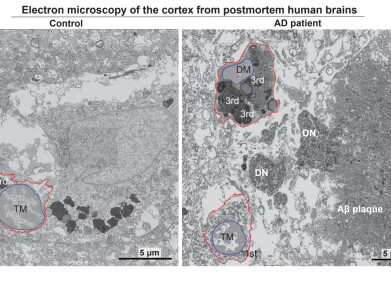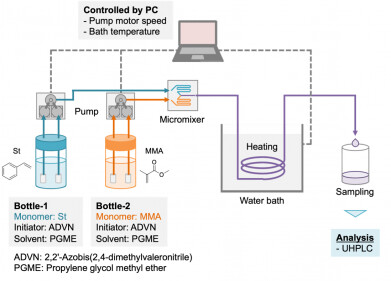-
.jpg) Sudhin Thayyil (Credit: Thomas Angus, ICL)
Sudhin Thayyil (Credit: Thomas Angus, ICL)
Research News
Study reveals potential key to newborn brain injury cause
Feb 07 2024
A study of babies with a type of brain injury caused by a lack of oxygen (hypoxia), carried out at Imperial College London (ICL) has found that patterns of gene expression detectable in the blood can point to the cause of the injury. This could inform doctors if the newborn is likely to respond to cooling treatment, a practice commonly used to treat brain injury in infants in HICs.
The study found a dramatic divergence in gene expression between babies from low and middle-income countries (LMICs) and high-income countries (HICs), suggesting a different underlying cause of brain injury.
Lead investigator, Professor Sudhin Thayyil from the Department of Brain Sciences at Imperial College London, explained: “Although cases of brain injury in babies may appear similar, they can be quite different in terms of how they come about, as our study shows. The gene expression patterns we saw in babies from LMICs were similar to what you would see in people with sleep apnoea, suggesting that they experienced intermittent hypoxia in the womb and at birth. We believe this is brought on by multiple chronic stresses during pregnancy such as poor nutrition or infection, as well as the normal labour process and uterine contractions, which leads to further hypoxia and ultimately injury to the baby’s brain.
“On the other hand, gene expression patterns in babies from HICs suggested a single, acute cause of brain injury, for example complications during birth like maternal bleeding, leading to a sudden drop in blood oxygen levels in the foetus.”
While whole-body cooling can improve outcomes for babies with Hypoxic-Ischemic Encephalopathy (HIE), in a previous study, the largest of its kind in LMICs, Professor Thayyil and collaborators in India, Bangladesh and Sri Lanka showed that whole-body cooling could worsen outcomes in babies with HIE and might carry increased mortality risk. It is hoped that this difference in treatment response could lead to a simple test to evaluate which babies are likely to benefit from cooling treatment.
The researchers stressed that in this study the differences between the cohorts were not related to ethnicity, but rather socioeconomic factors; for example the type of brain injury commonly seen in LMICs was also likely to be present in deprived areas in HICs, whilst in more affluent populations in LMICs, more cases of brain injury of the type mostly seen in HICs was to be expected.
Professor Thayyil said: “The key for clinicians, anywhere in the world, is to be able to identify which type of brain injury they are dealing with as soon as possible – and that’s something we’re currently working on.”
The study was funded by the Cerebral Palsy Alliance and The National Institute for Health and Care Research (NIHR). It was conducted by researchers from Imperial College London (UK; University of Campania (Italy); Indira Gandhi Institute of Child Health; Madras Medical College; Lokmanya Tilak Municipal Medical College (all India); BSMMU-Bangabandhu Sheikh Mujib Medical University (Bangladesh); University of Kelaniya (Sri Lanka); Wayne State University, Nationwide Children’s Hospital; St Jude Children’s Research Hospital (all US)
More information online
Digital Edition
Lab Asia 31.6 Dec 2024
December 2024
Chromatography Articles - Sustainable chromatography: Embracing software for greener methods Mass Spectrometry & Spectroscopy Articles - Solving industry challenges for phosphorus containi...
View all digital editions
Events
Jan 22 2025 Tokyo, Japan
Jan 22 2025 Birmingham, UK
Jan 25 2025 San Diego, CA, USA
Jan 27 2025 Dubai, UAE
Jan 29 2025 Tokyo, Japan


















